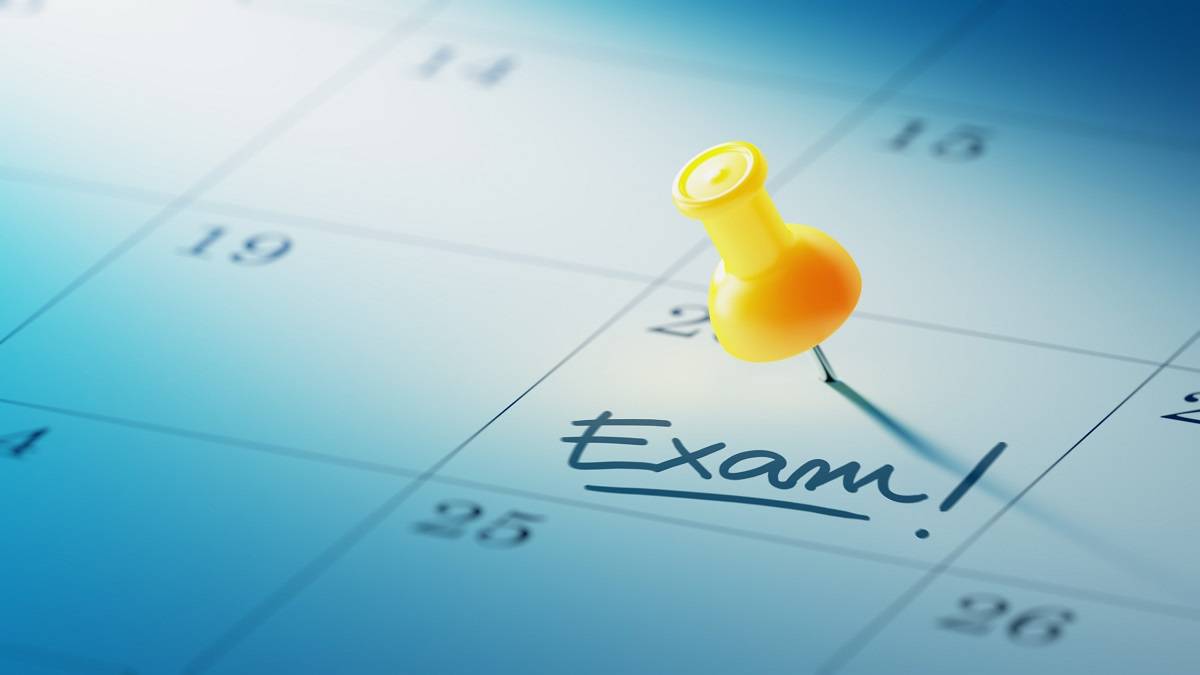A Writer’s Guide: Writing a Strong Research Paper.

Let’s start with what is a research paper? A research paper is a piece of scholarly work focused on the author’s original research and review of research results and their interpretation. It’s understandable that writing a research paper can be overwhelming at times. One of the most difficult aspects of academic studies is writing a thesis article. As a result, students begin searching for tools that can help them write their research paper help. Students, particularly those who are new to academia’s physical demands, are frequently concerned about the method, particularly because a diligent professor frequently awards the paper a large portion of the final grade.
These are the steps to writing a research paper:
At first, you need to Choose a Topic or Subject: College students are often given a list of research paper topics to choose from; however, if you are lucky enough to have this option, make wise decisions. First and foremost, choose a tough topic that you are passionate about.
Narrow the reach of the research paper subject you’ve chosen: The paper’s issue is what you want to say about the topic. To narrow the topic, you should read background articles about your subject in encyclopedias.
And other general references. Take no notes at this time except to jot down key ideas for the future.
Consider the following questions as you read:
In this case, who are the players?
What are the most urgent issues?
What are my views on the matter?
Why is this such an important (contentious, fascinating) topic?
What is the problem’s (or issue’s) history? What time are you leaving and where are you going?
conduct research on your chosen subject:
-
Before you begin writing, make sure you’re not basing your point on an outside source. Since it is your paper, you can write the thesis. Also, don’t place too much trust in a single source.
The goal of the research is to gather evidence from a variety of sources to support your claim. You should collect a sufficient number of secondary and primary credible sources on the subject of your paper, read them all carefully, and find relevant evidence to support your thesis.
After you’ve gathered your materials and built a working outline, you can start taking notes. Each note should contribute in some way to one of the topics on your working outline. You’ll be able to easily arrange your note cards later when you’re working on your paper’s final outline if you label each card with the appropriate topic. Each notecard should also include the source’s title and page number, which will be used for footnoting later. This is important because you must reference all references, even though you did not use the same language used in the document.
How to Write a Perfect Research Paper Outline: Your research has yielded a plethora of excellent recommendations. You must now organize them to provide a powerful presentation. If you skip this phase, your project will become disorganized, and you’ll need more time to rewrite your draft as you try to make sense of your chaotic thoughts.
When outlining, keep in mind the typical structure of a research paper, which contains the following:
A cover page.
A short description.
An introductory paragraph.
A segment on methodology.
Findings/results.
Deliberation.
Last but not least. “Conclusion”
Create a rough draft of your essay: After you’ve finished your final outline, you can begin writing your rough draft. It’s important to note that this first draft will be revised. As a consequence, you don’t have to worry about spelling or punctuation right now. Rather, focus on the document’s substance, following the description and building on the ideas found therein. Your paper should include an outline, the body of the text, and a conclusion.
Enable changes to your article or editing your papers: Check at the rough draft again after you’ve done it and rewrite it. Pay careful attention to the content and arrangement of the document. Is . paragraph devoted to a specific topic? Is there a sentence that relates to the thesis? Does evidence back up each argument?
Finalize the document: The final draft of the paper should be typed and contain citations and bibliography; certain papers can include a title page, depending on the formatting style and professor. The title page should contain the document’s title, your name, the course name, the instructor’s name, and the date the paper is due.
How to Write a Research Paper Conclusion or How to Write a Conclusion for a Research Paper? In the conclusion of your article, restate and summarise your main points. Describe your observations and make recommendations for areas of the subject that should be investigated further. In most research articles, the thesis statements are restarted at the end. You can do it as well, but don’t copy it verbatim. It would be beneficial if you also emphasized the importance of your observations.
Conclusion
Finally, you should begin with the subject or topic you’ve chosen and end with a conclusion that restates your case and summarises the most important points. Outlining the key points in your essay is also a good idea. Don’t let your worries rule your life.








